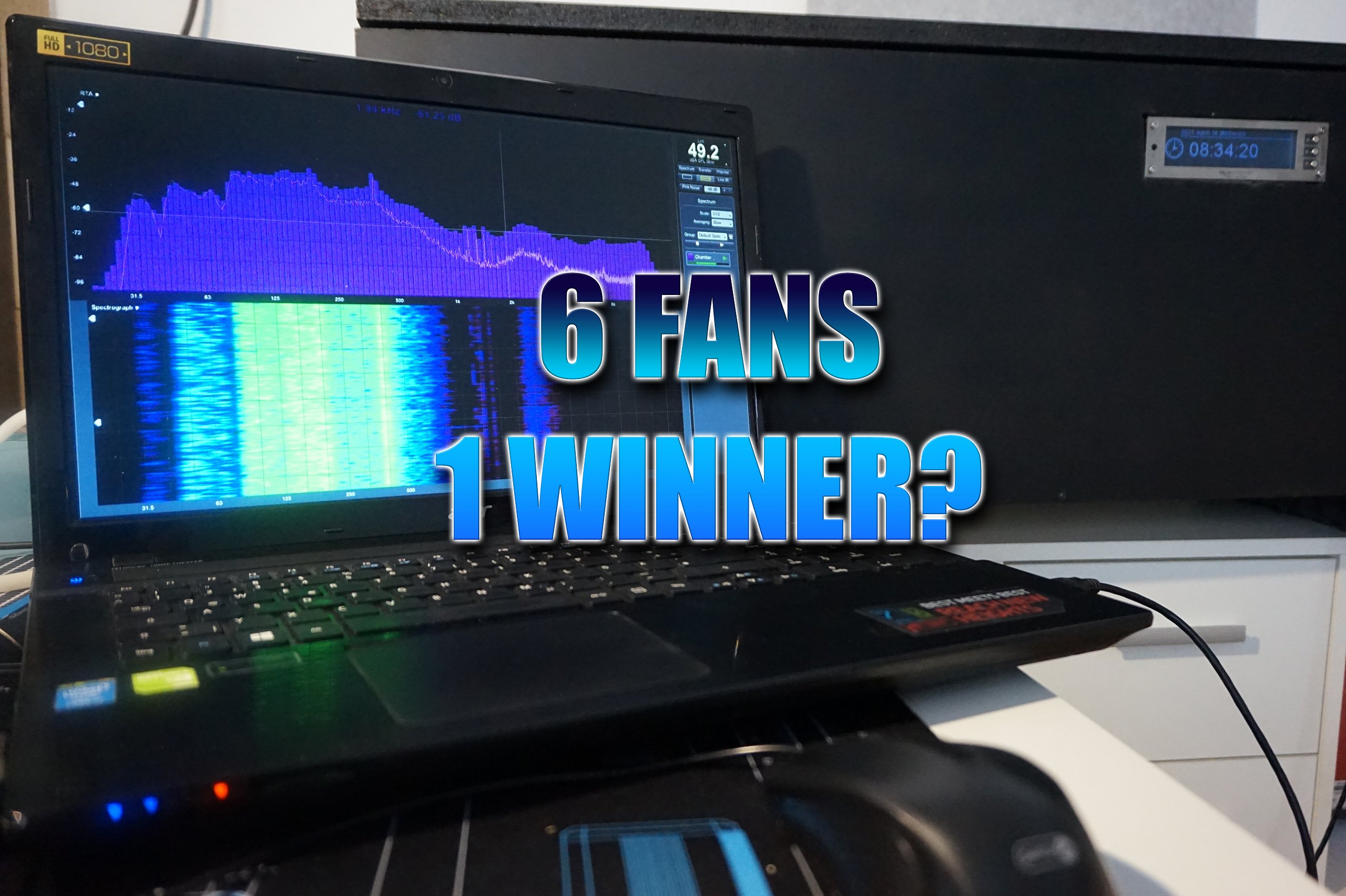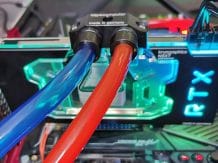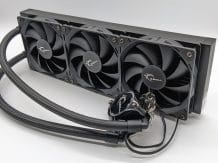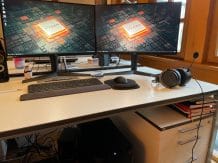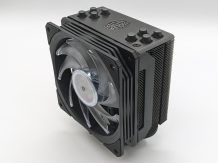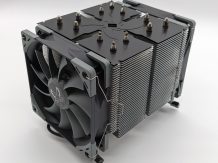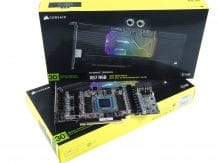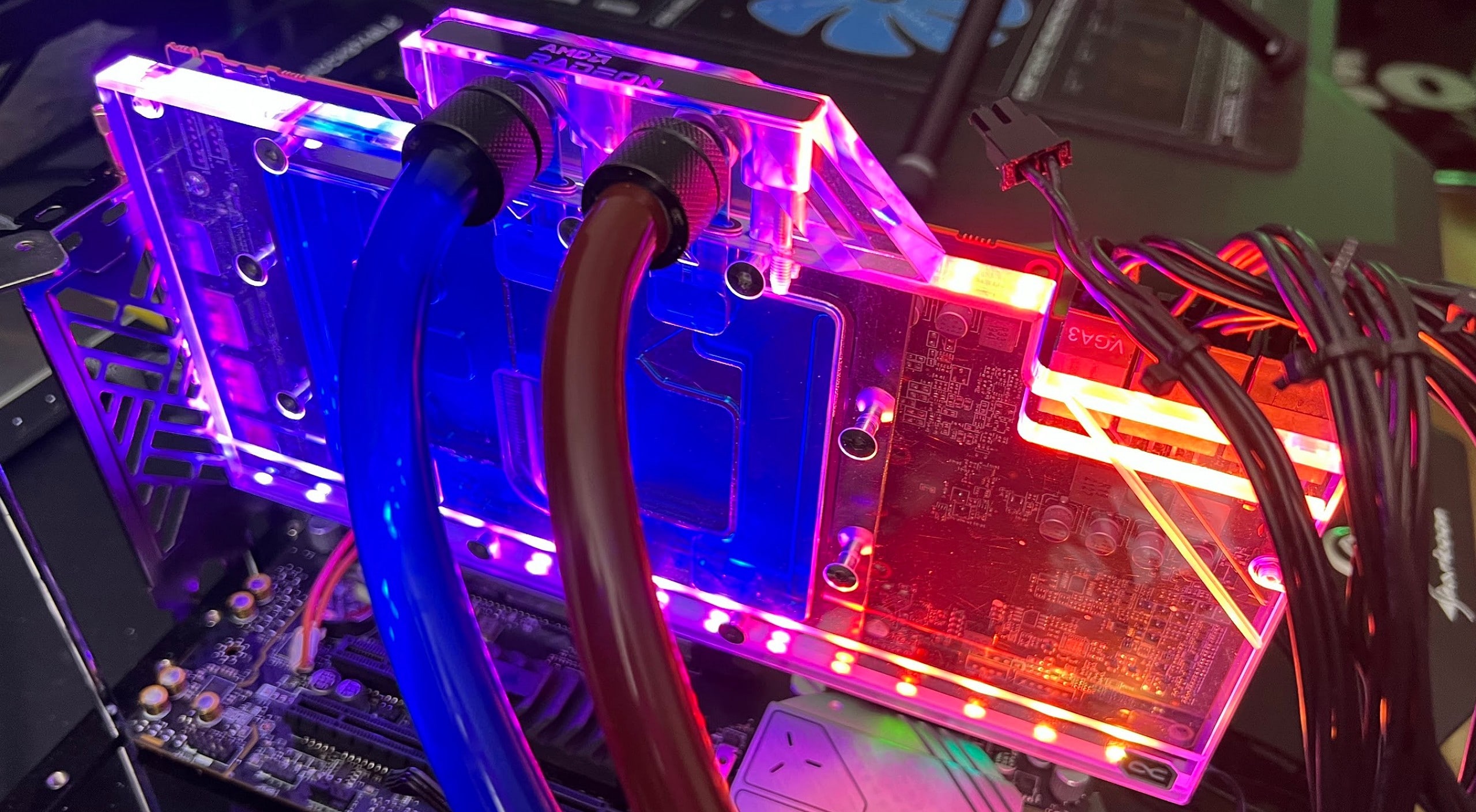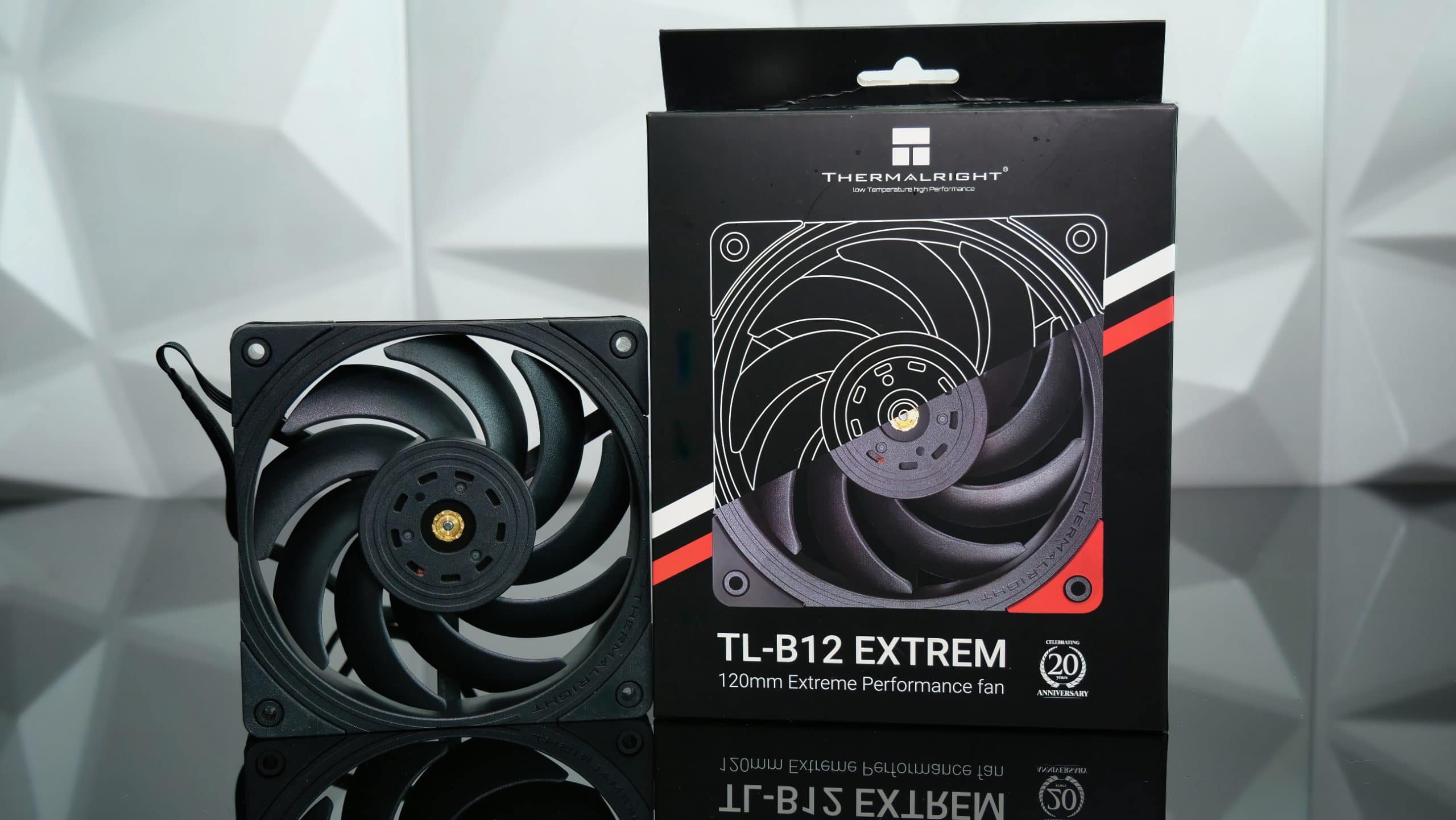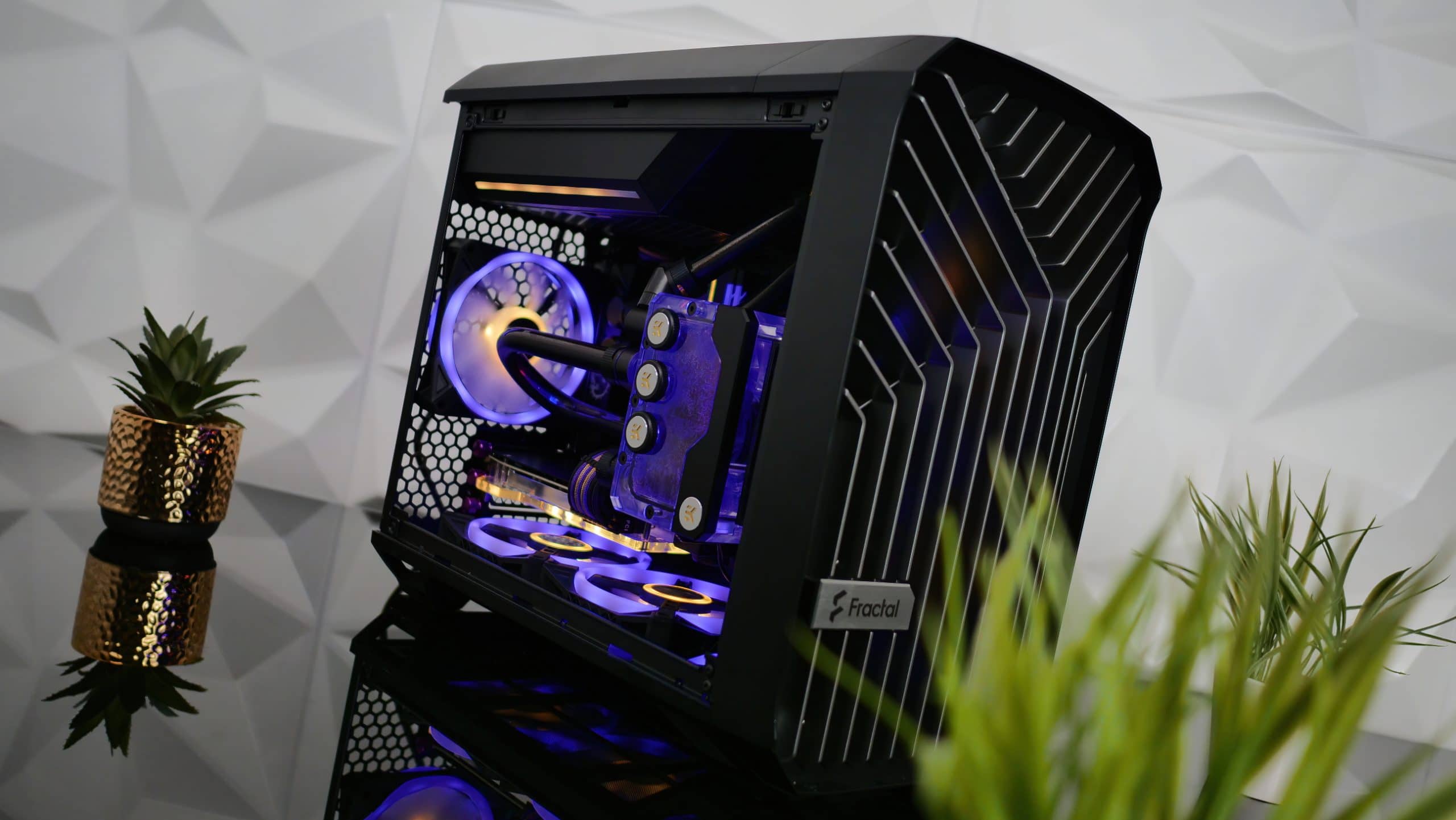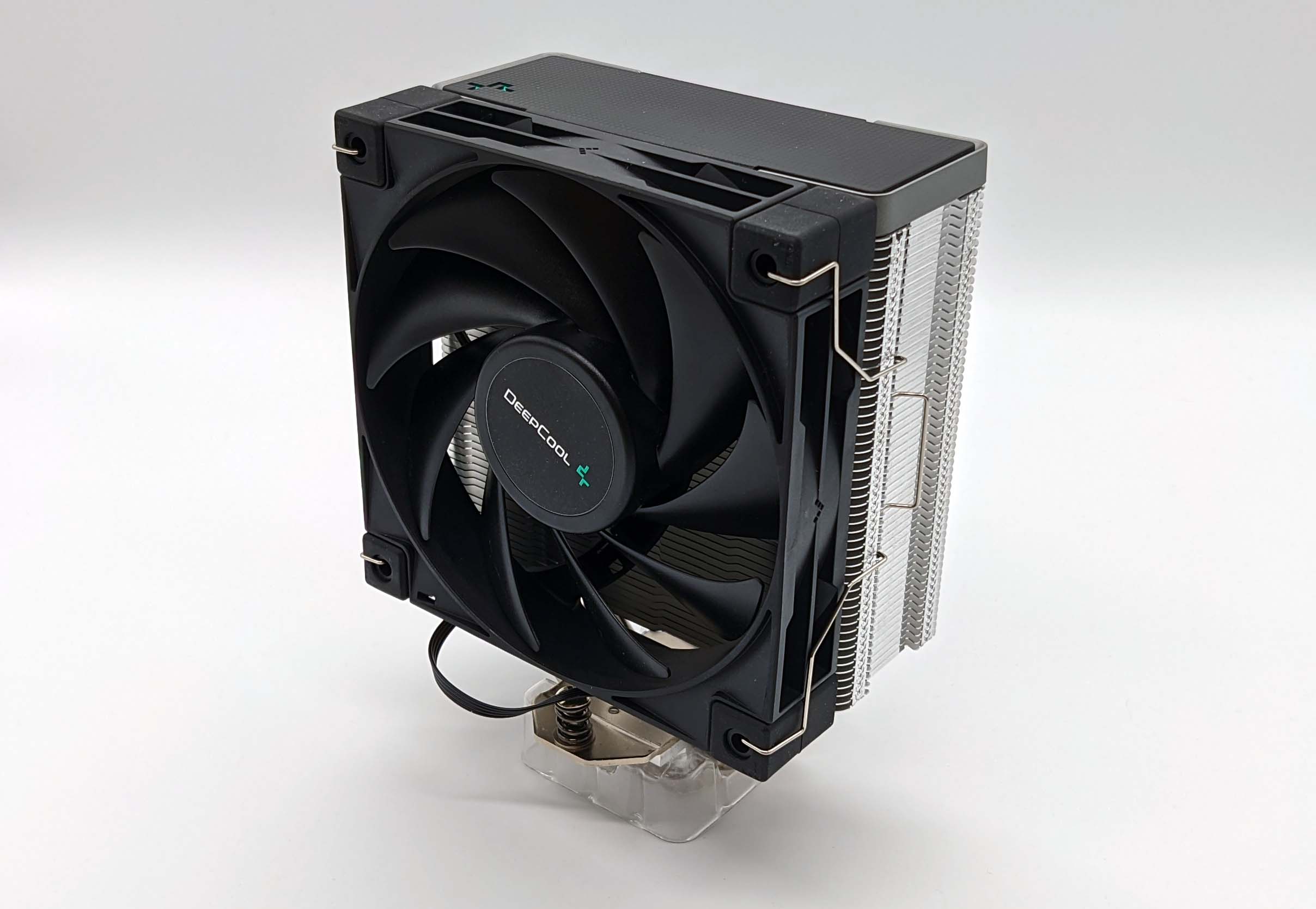The fan marathon starts: 6 models from be quiet !, Black Noise, Corsair, Cooler Master, Noctua and Thermaltake in the test
Fans are a dime a dozen, but which fan fits which system? Is a model suitable as a case fan and how does it really perform on different radiators? What about the real speed range, how high is the start-up or switch-on speed and which parameters does such a fan offer over the speed range, including the mostly unavoidable noise emissions? The available data sheets from suppliers (and manufacturers) are almost always insufficient for all these situations in life. And is it actually true that is often promised full-bodied?
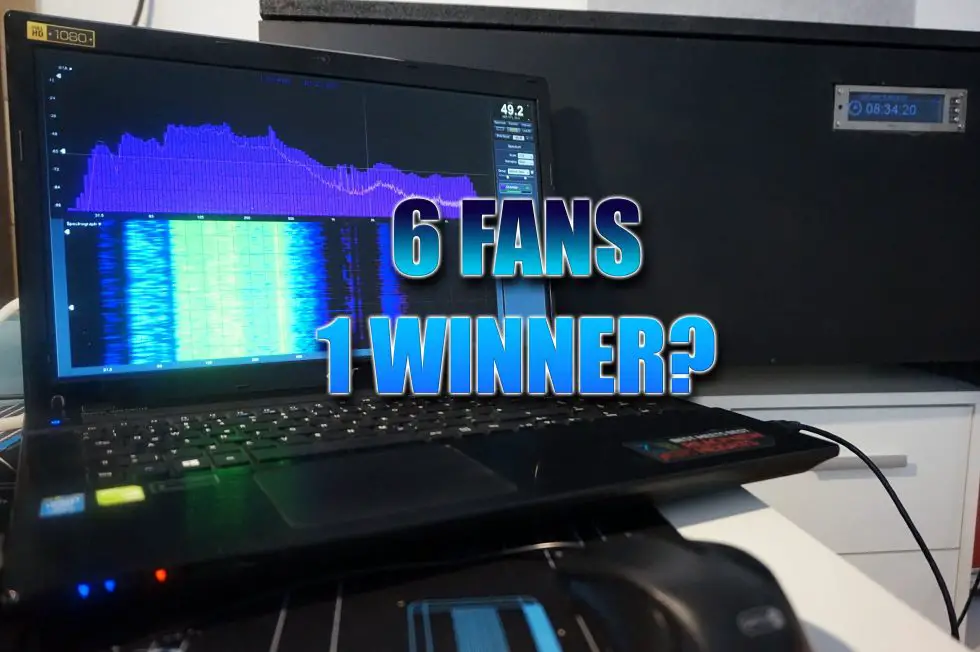
Today we are testing a total of six commonly used fans, but we know that of course you cannot cover all your needs with them. But we will continue to test piece by piece (i.e. fan by fan) and then tackle the database as a kind of compendium – as long as there are individual or group tests to fill up our data. You will see how extensive the results are on the next few pages and today I will first put everything in what Pascal has measured us.
In the forum we can then discuss in detail and decide what is important for the future. But we can’t make any major changes to the actual test setup or the methods; that’s now final. You can see exactly how this all works and works on the next page, where we present the test system and measurements again. And one thing is also clear here: it is not the purchase price of a measuring instrument that counts alone, but the appropriate use and correct calibration. Because you can also spend a lot of time and money for nothing. But there are advisory industrial partners and the almost omniscient community.
We deliberately chose 6 fans with very different maximum speeds between 1500 and 2000 rpm and first of all test whether this requirement is actually met. We’ll see in a moment that data sheets don’t always have to be correct …
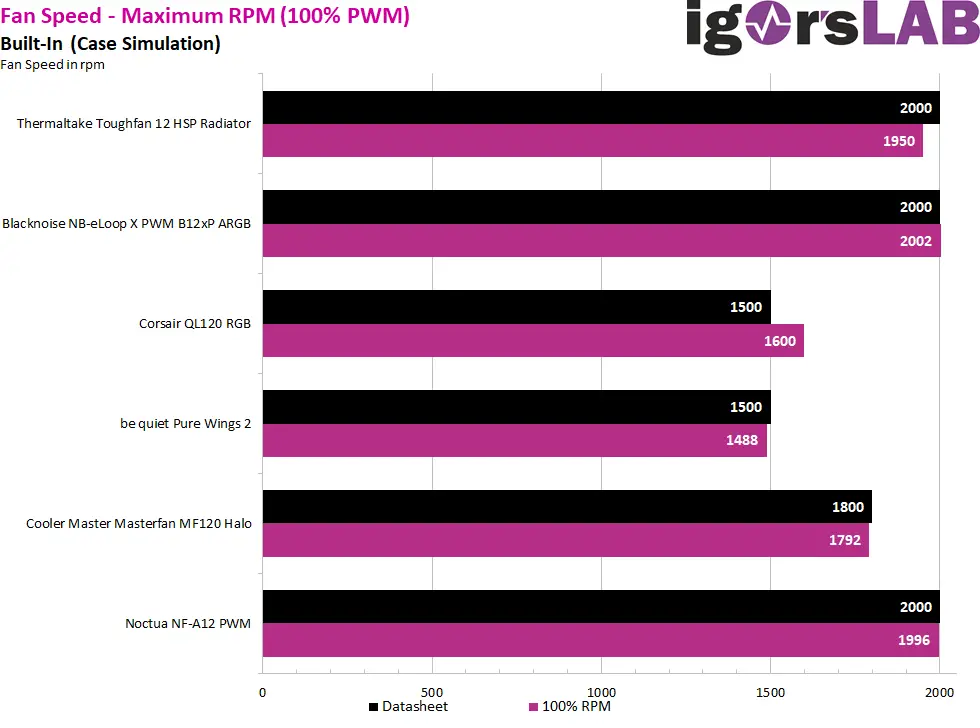
On the next page you can see how and what we test and why. Understanding the details is extremely important in order to be able to classify the results objectively later. The differences between many models are more in the details and the best fan for all situations can hardly exist. There is a certain optimum in every situation and of course there are also good all-rounders. But they usually have their price. If you are planning specifically with 60 mm radiators, for example, you can perhaps save money by choosing the best model for your application, which might not do so well as a case fan. And vise versa, of course.
- 1 – Introduction, test samples and specifications
- 2 – Test setup, measuring chamber and equipment
- 3 – be quiet! Pure Wings 2
- 4 – Blacknoise NB-eLoop X PWM B12xP ARGB
- 5 – Cooler Master Masterfan MF120 Halo
- 6 – Corsair QL120 RGB
- 7 – Noctua NF-A12 PWM
- 8 – Thermaltake Toughfan 12 High Static Pressure Radiator FAN
- 9 – Starting voltage and speeds
- 10 – case fan: performance
- 11 – Case fan: sound pressure level
- 12 – 25 mm Radiator: Performance
- 13 – 25 mm radiator: sound pressure level
- 14 – 45 mm Radiator: Performance
- 15 – 45 mm radiator: sound pressure level
- 16 – 60 mm Radiator: Performance
- 17 – 60 mm radiator: sound pressure level
- 18 – Summary and conclusion





